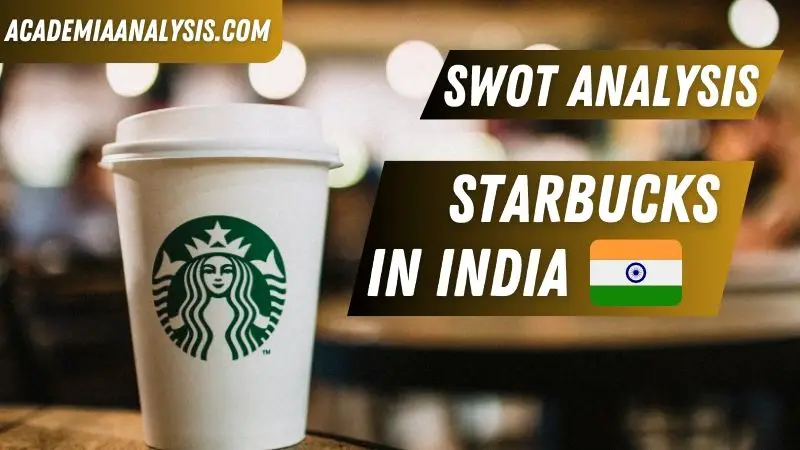Starbucks, the world-renowned coffeehouse chain, made its way into the Indian market in 2012. With its unique taste and global appeal, Starbucks has quickly become a popular spot for coffee lovers across India. With over 200 stores across the country, Starbucks has established itself as a major player in the Indian coffee industry, offering a wide range of beverages and food items that cater to local tastes and preferences. This American multinational company has also introduced a range of social initiatives in India, such as sourcing coffee from local farmers and empowering local women entrepreneurs, making it a socially responsible brand in the eyes of many Indians. In this way, Starbucks has successfully blended its global brand image with local values and culture to become a beloved brand in India.
Starbucks, the world-renowned coffee chain, entered the Indian market in 2012 through a joint venture with Tata Global Beverages. Since then, Starbucks has grown in popularity in India with its unique offerings and premium pricing. In this article, we will conduct a SWOT analysis of Starbucks in India to evaluate the strengths, weaknesses, opportunities, and threats faced by the company.
Strengths:
Strong brand reputation: Starbucks has a strong brand reputation globally and in India. The brand is associated with high-quality coffee, excellent customer service, and a unique café experience. Starbucks has built a loyal customer base in India by offering an exclusive range of products that cater to the Indian market.
Joint venture with Tata: Starbucks’ joint venture with Tata Global Beverages has been a significant strength for the company. Tata is a well-known brand in India and has helped Starbucks establish a strong presence in the Indian market. The joint venture has also helped Starbucks navigate the complex Indian regulatory environment.
Premium pricing: Starbucks’ premium pricing strategy has worked well in India. The company has been successful in positioning itself as a premium coffee chain and has managed to attract a customer base that is willing to pay a premium for high-quality coffee and a unique café experience.
Weaknesses:
High pricing: While Starbucks’ premium pricing strategy has worked well in India, it is also a weakness. Starbucks is significantly more expensive than other coffee chains in India, which limits its customer base. Many Indian consumers are price-sensitive and may not be willing to pay a premium for coffee.
Limited menu: Starbucks’ menu in India is limited compared to its global offerings. The company has adapted its menu to cater to the Indian market, but the limited offerings may not be enough to attract a broad customer base.
Limited store locations: Starbucks has a limited number of stores in India compared to other coffee chains. The company has focused on establishing its presence in a few select cities, which limits its reach in India.
Opportunities:
Increasing coffee consumption: India is one of the fastest-growing coffee markets globally, and coffee consumption is expected to continue to grow in the coming years. This presents an opportunity for Starbucks to expand its presence in the Indian market.
Expansion to new cities: Starbucks can expand its presence in India by opening stores in new cities. The company can leverage its joint venture with Tata to expand its reach in India.
Diversification of menu: Starbucks can diversify its menu to cater to the Indian market. The company can introduce more local flavors and offerings to appeal to a broader customer base.
Threats:
Intense competition: The coffee market in India is highly competitive, with several local and international coffee chains operating in the country. Starbucks faces intense competition from these coffee chains, which could limit its growth in the Indian market.
Price sensitivity: As mentioned earlier, many Indian consumers are price-sensitive and may not be willing to pay a premium for coffee. Starbucks’ high pricing strategy could limit its customer base.
Changing consumer preferences: Consumer preferences in India are continually evolving, and Starbucks needs to keep up with these changes to remain relevant. If the company fails to adapt to changing consumer preferences, it could lose its customer base to competitors.
Starbucks has made significant strides in establishing itself as a premium coffee destination in India. However, the company faces several challenges in maintaining its position and expanding its customer base. By leveraging its strengths and opportunities, and addressing its weaknesses and threats, Starbucks can continue to grow and succeed in the Indian market.






